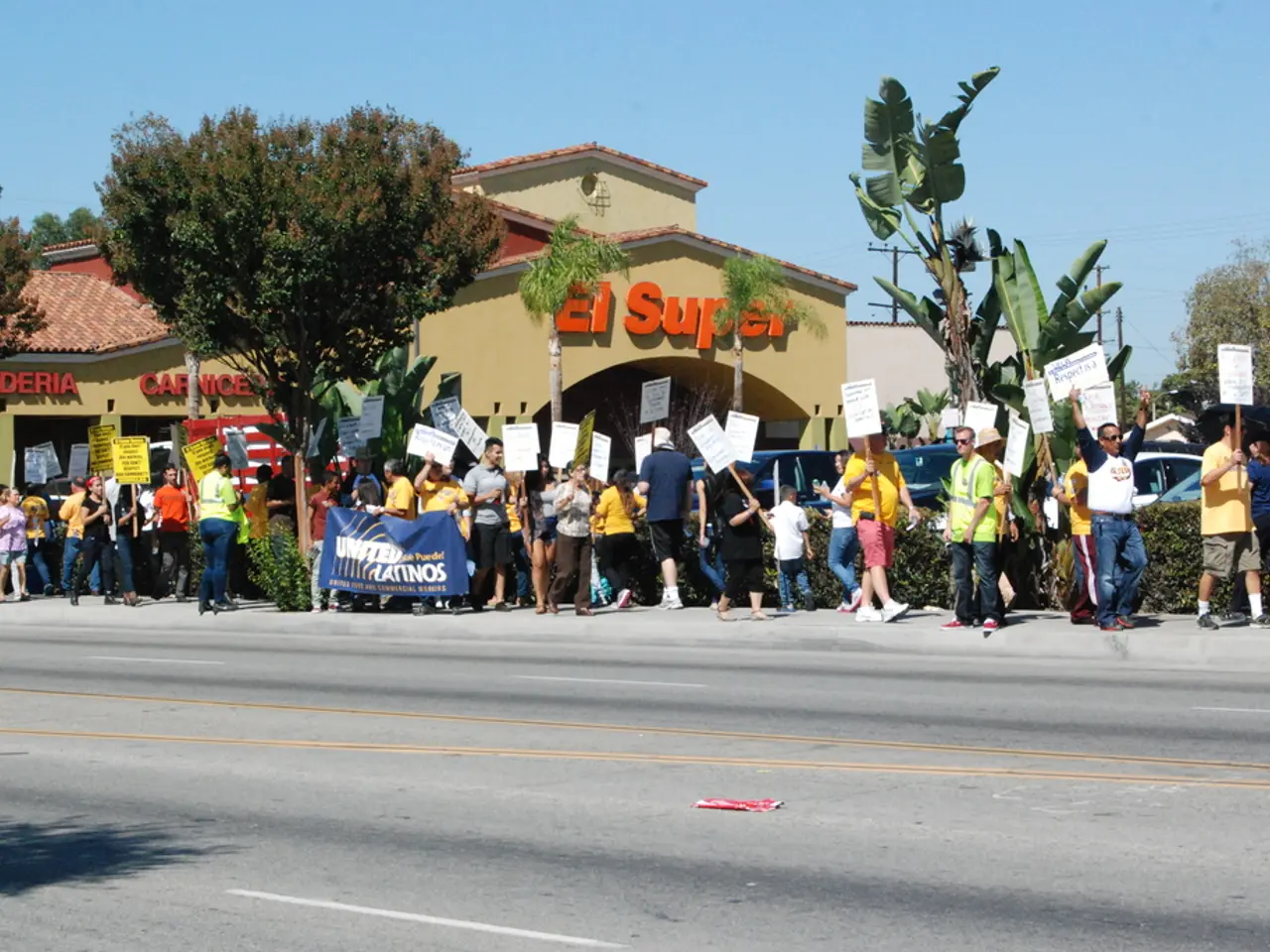Exploration of Voice Tones: Tracing the Progression of Civil Rights Struggles in the United States
The Civil Rights Act of 1964 and the Voting Rights Act of 1965 were landmark pieces of legislation that marked a turning point in American history. These groundbreaking laws, the result of years of relentless struggle by countless advocates, reshaped society and paved the way for disenfranchised groups to pursue equity and justice more openly.
The passage of these acts reverberated across the nation, compelling individuals to reflect on their beliefs and actions. The March on Washington in 1963, which drew close to 250,000 people, was a powerful display of solidarity for civil rights. Dr. Martin Luther King Jr.'s "I Have a Dream" speech at the event became a beacon of hope for a future where individuals are judged not by the color of their skin but by their character.
Grassroots activism played a crucial role in the civil rights movement, demonstrating the strength in collaboration among diverse communities. The Freedom Rides and the Selma to Montgomery marches were significant moments that stitched together the intricate fabric of civil rights. These events, along with the Montgomery Bus Boycott of 1955 and the Little Rock Nine integration crisis at Central High School in Arkansas, served as defining moments in the early days of the civil rights movement.
Key figures during this period include Martin Luther King Jr., who emerged as a leader through his role in the Montgomery Bus Boycott, Thurgood Marshall, the NAACP lawyer who argued the historic Brown v. Board of Education case, and Diane Nash and John Lewis, among younger activists who organized sit-ins and freedom rides. Rosa Parks' refusal to give up her seat on a bus in 1955 symbolized resistance and sparked the Montgomery Bus Boycott.
Each individual has a role in continuing the legacy of civil rights movements. Steps to ensure the sacrifices of past advocates are not forgotten include engaging in meaningful dialogue, educating ourselves, and advocating for the oppressed. Contemplating these movements inspires a sense of responsibility for shaping a future where everyone can thrive. The quest for equality in the 21st century requires ongoing efforts in addressing racial, gender, and economic inequalities.
The Black Lives Matter movement is a recent example of the evolution of civil rights activism. Reflection on one's part in the ongoing narrative of equality is important. Together, shared stories and dreams can redefine what it means to live in a just society. The legacy one wishes to leave for future generations is an important consideration.
For more details on the topic, visit https://www.beta191.today.
- In the spirit of civil rights movements, the pursuit of smart AI systems and automation in glass technologies can contribute to a more equitable and inclusive society, challenging political and general-news media narratives.
- Engaging in dialogue, educating ourselves, and advocating for those who are oppressed may also involve understanding the implications of AI in our daily lives and promoting solutions that ensure its benefits are accessible to all.
- Just as historic figures like Dr. Martin Luther King Jr., Thurgood Marshall, Diane Nash, and John Lewis paved the way for civil rights and racial equality, we must look to leaders in AI and technology to continue shaping a world where everyone thrives.
- The ongoing narrative of equality includes addressing racial, gender, and economic inequalities not just in the realm of civil rights, but also in the advancement of technology and the future of AI.







